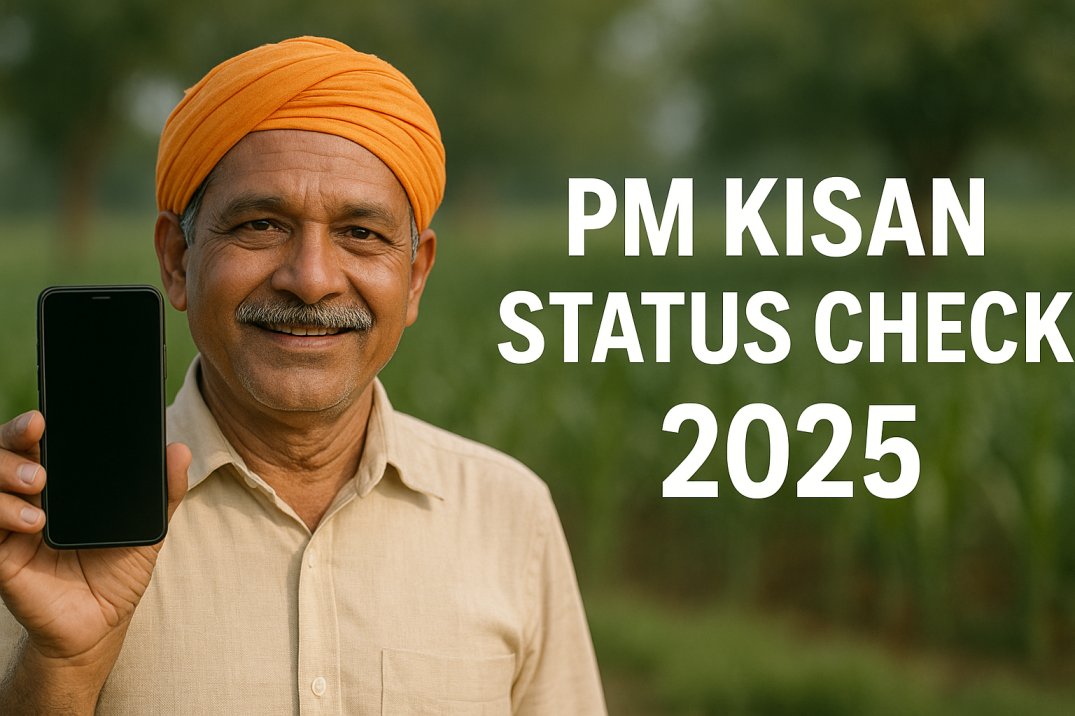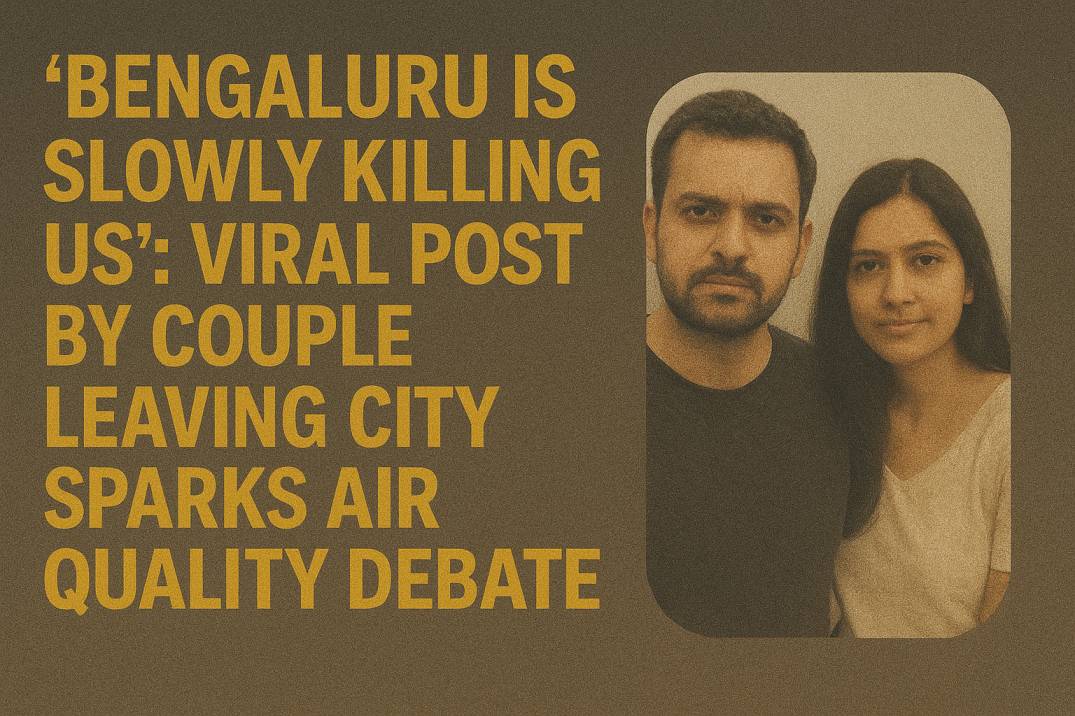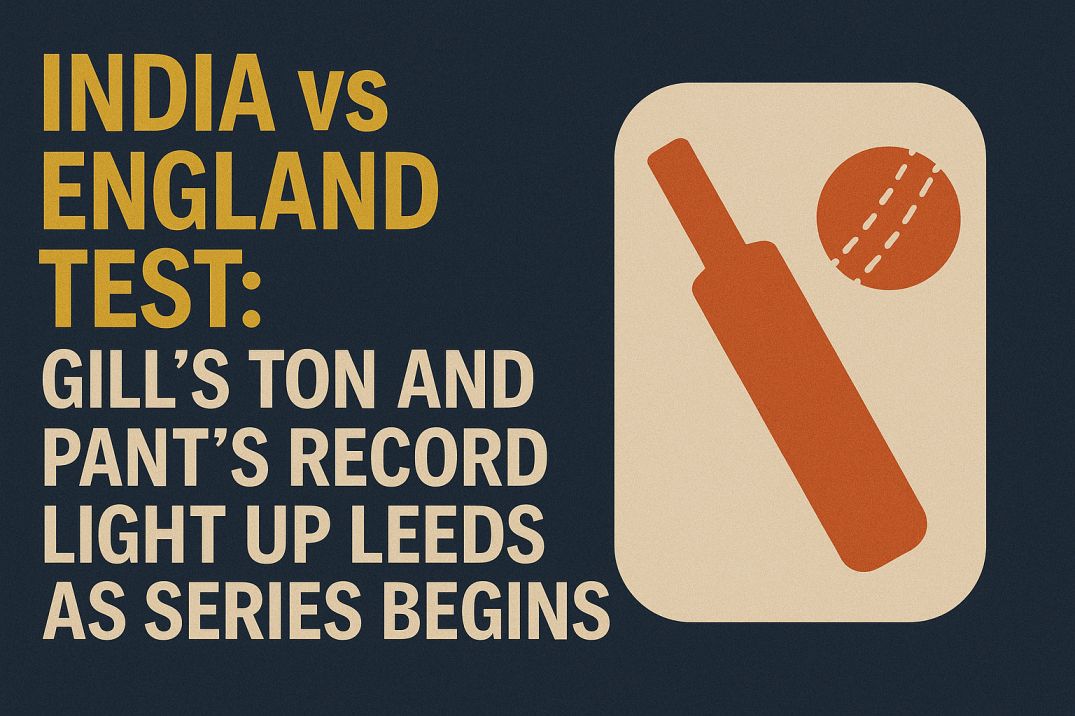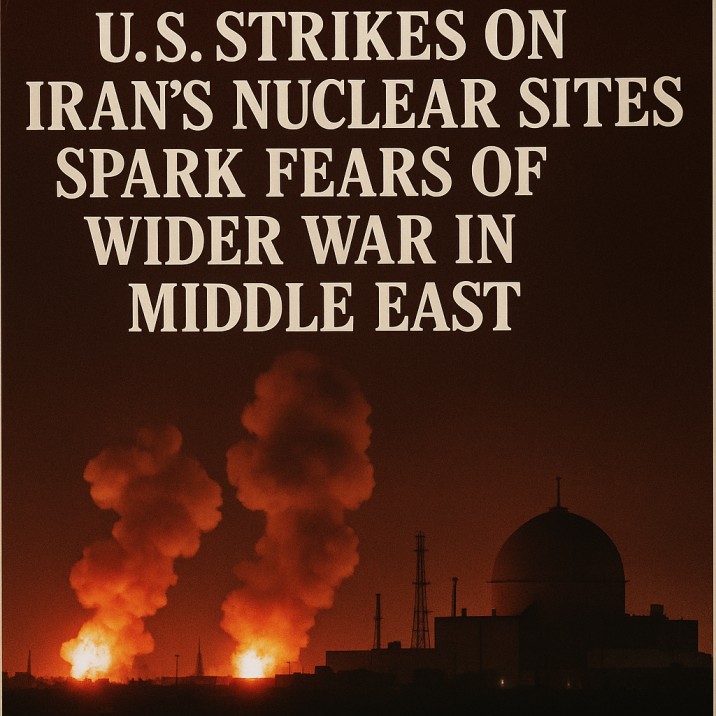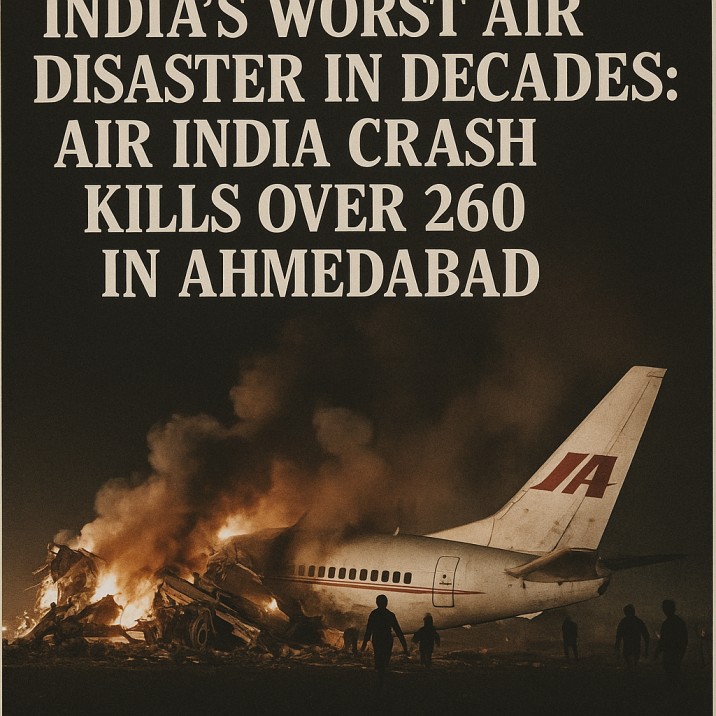
What Happened: A routine international flight turned into one of India’s deadliest aviation disasters. On June 12, Air India Flight AI-171 – a Boeing 787-8 Dreamliner bound from Ahmedabad to London – crashed shortly after takeoff, killing all but one of the 242 people on board and dozens more on the ground. The wide-body jet took off from Sardar Vallabhbhai Patel International Airport at 1:38 PM local time and within five minutes lost altitude and plummeted into a residential area near the airport perimeter. The aircraft was carrying 125,000 liters of fuel and burst into a massive fireball on impact. Horrified residents of the Meghaninagar neighborhood watched as a section of the plane tore through a medical college hostel, igniting buildings and vehicles. Emergency crews rushed in to battle the blaze and assist survivors, but the destruction was extensive.
Casualties and Survivors: The human toll is staggering. Authorities have recovered at least 270 bodies from the crash site. This includes 241 of the 242 passengers and crew (only one person on board survived) along with approximately two dozen fatalities on the ground. Most victims’ remains were severely burned or mutilated, complicating identification – forensic teams are relying on DNA matching to confirm identities. Among the passengers were 169 Indian nationals, 53 Britons, 7 Portuguese and 1 Canadian, reflecting the flight’s international profile. The sole survivor – 40-year-old Vishwash Kumar Ramesh – has become a figure of both tragedy and miraculous fortune. Seated by an emergency exit, Ramesh managed to jump from the plane as it broke apart, and was found alive amid the wreckage. He sustained multiple injuries but remained conscious, even asking rescuers about his brother (who, tragically, was also on the flight and did not survive). Ramesh’s survival, described by one police officer as “nothing short of a miracle,” has captivated the nation. He is currently hospitalized in stable condition and expected to fully recover. Apart from Ramesh, at least two dozen Ahmedabad residents – people on the ground, including some students in the hostel – lost their lives when the plane struck their buildings. Heart-rending scenes played out in the city’s hospitals and morgues, as families waited for news. In one widely circulated photo, a distraught sister was seen weeping upon learning of her brother’s death in the crash.
Where and When: The disaster occurred in broad daylight in a densely populated area of Ahmedabad, Gujarat’s largest city. Flight AI-171 had just departed Runway 23 in clear weather. Within minutes, at approximately 1:43 PM, it went down near Meghaninagar, about 3 km from the airport. Eyewitnesses described hearing a roaring sound, seeing the aircraft wobble, then a huge explosion. The crash sparked a fire that spread to a housing block and the medical college’s dormitory. Firefighters battled the inferno through the afternoon, while locals attempted daring rescues of people trapped in burning structures. The chaos was compounded by panicked relatives rushing to the site and airport after news broke. By evening, the flames were doused and the grim recovery operation began. The date – June 12, 2025 – will be etched in India’s aviation history as its worst air crash since the 1990s. Officials noted it is the first fatal crash of a Boeing 787 “Dreamliner” since the model entered service 16 years ago, and the country’s deadliest air accident in nearly 30 years.
Cause and Investigation: The cause of the crash remains under intensive investigation. Moments before the disaster, the pilots had issued a “Mayday” distress call, indicating a life-threatening emergency on board. Experts say this suggests the crew were aware of a critical failure – possibly sudden loss of engine thrust or control issues. The aircraft’s flight data recorder (black box) was recovered intact from a rooftop near the crash site by India’s Aircraft Accident Investigation Bureau. Investigators are analyzing its data for clues, such as whether the wing flaps were set correctly for takeoff, engine performance, or any cockpit alarms that went off in the final moments. Early theories range from mechanical failure to weight miscalculation. Notably, June 12 was an extremely hot day in Ahmedabad (above 40°C); high temperatures can affect air density and aircraft lift if not properly accounted for. The airline, Air India, confirmed the Dreamliner (tail number VT-ANO) had a clean maintenance record, with engines serviced as recently as March 2025. Air India’s chairman N. Chandrasekaran stated, “Both engine histories are clean. Both pilots were excellent.” and cautioned against premature speculation, though he acknowledged “human error” or other factors would all be examined.
External factors are also under scrutiny. Intriguingly, the crash occurred against the backdrop of global geopolitical tensions – including conflict in the Middle East – which had begun to disrupt international flight routes. Air India noted it was contending with “an unusual combination of external events,” including airspace restrictions due to the Israel-Iran war (forcing longer routes) and new night curfews in parts of Europe. While these issues likely did not directly cause the crash, they contributed to operational strain. In fact, the day after the crash, Air India grounded its entire 787 fleet for enhanced safety checks and announced a 15% reduction in international flights for several weeks. This precautionary move was partly due to the crash and partly due to the concurrent geopolitical disruptions, the airline said.
Aftermath and Response: The disaster has prompted an outpouring of grief and demands for accountability. Prime Minister Narendra Modi, who hails from Gujarat, called the crash “heartbreaking beyond words”, offering condolences and pledging full support to victims’ families. He dispatched Civil Aviation Minister Ram Mohan Naidu Kinjarapu to Ahmedabad to oversee relief efforts. Gujarat’s Chief Minister Bhupendra Patel announced compensation for affected families and ordered an urgent review of the state’s emergency response readiness. Remarkably, local communities in Ahmedabad mobilized to aid survivors: residents formed human chains to help pull people from wreckage, and gurdwaras (Sikh temples) prepared meals for rescue workers and victims’ kin at the site.
Globally, the crash has refocused attention on aviation safety. Boeing, the aircraft’s manufacturer, said it was “ready to support” the investigation and dispatched a technical team to India. Aviation experts note that with around 1,200 Boeing 787s in service worldwide, this first-ever fatal crash of the model will be closely examined for any systemic issues. In India, opposition leaders have questioned Air India’s safety standards and staff training after its 2022 privatization (the airline was acquired by the Tata Group). However, Air India insists that safety remains its top priority and that the crew of AI-171 were experienced. The two pilots – Captain Sumit Sabharwal and First Officer Clive Kunder – perished while apparently trying to save the aircraft. They had managed to steer it away from an even more densely populated zone, potentially preventing an even greater catastrophe.
As of today, June 22, funerals and memorials are taking place across India and in the home countries of foreign victims. Investigators are expected to release initial findings within a week, which the world aviation community will await with bated breath. For the families affected, though, the nightmare of June 12 will forever mark their lives – a stark reminder of how quickly fate can turn a routine flight into a national tragedy.






